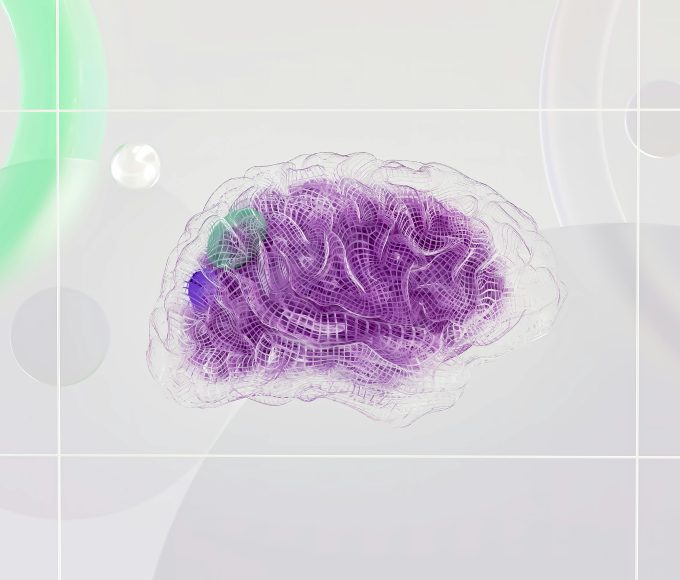 One of the most common dental surgeries is the removal of some or all of the wisdom teeth. Wisdom teeth are a colloquial name for the third molars and usually sprout up out of the gumline in the teenage to early adult years.
One of the most common dental surgeries is the removal of some or all of the wisdom teeth. Wisdom teeth are a colloquial name for the third molars and usually sprout up out of the gumline in the teenage to early adult years.
When wisdom teeth do come in, they are often pushed at odd angles by other teeth and might not break through the gum line, which dentists refer to as “impacted” wisdom teeth. This condition usually causes a dentist to prescribe an easy surgery for wisdom teeth removal.
Read on for some information on how to make wisdom teeth removal a snap.
To remove or not
Sometimes people make the choice to remove their wisdom teeth even before they become impacted. This is a standard recommendation that many dentists will make once a patient becomes a teenager. The idea is that by removing the teeth before they become impacted, certain complications might be avoided.
The surgery
Patients who get wisdom teeth removal surgery are put under general anesthesia, meaning they are not conscious for the surgery and need someone to pick them up once the surgery is over. Most of the time, the surgery itself is fairly easy and lasts only a couple hours. It is a routine surgery and most dentists do dozens if not hundreds a year.
The surgery itself if the largest part of the bill for wisdom teeth removal. If you do not have any insurance to cover the cost of this routine procedure, you may want to ask about a payment plan, since it will include the cost of the removal, anesthesia, after care medication and any other work related to the removal of wisdom teeth.
Recovery
This is where some complications from wisdom teeth removal can exist. The most common post-surgery complication is continued bleeding. Sucking on teabags can help stem the bleeding, and it should become less apparent after a day or two. Another complication is dry socket, which is an inflammation of the jaw bone. While it is not an infection, it can be quite painful and is a higher risk for smokers. Keeping the removal site clean is a key to avoiding dry socket.
If a patient experiences intense pain in the removal site, he or she should call the dentist immediately. While many times there is not much that can be done to prevent dry socket, patients should follow their dentist’s instructions to a T to make sure they are doing everything in their power to prevent this painful condition.
Robert Seitzinger is a copywriter for Downtown Dental Care, a Clackamas dental office that provides excellent wisom teeth removal and after care.















